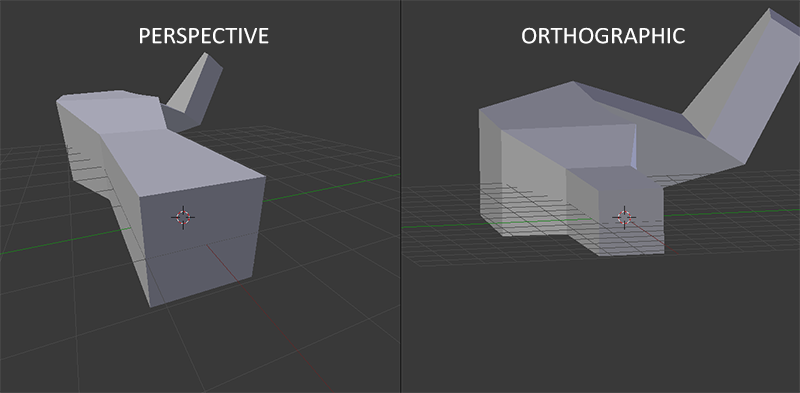I am trying to scale a model in OpenGL, but I dont know where to start, I am trying using glScalef(), but I dont know if is in this way, I dont know alot about openGL, I know more about theory(That I have to multiply my vector by a matrix, but I didnt found any good tutorial about this)... My code is that:
bool res = loadOBJ(object, vertices, uvs, normals);
indexVBO(vertices, uvs, normals, indices, indexed_vertices, indexed_uvs, indexed_normals);
glGenBuffers(1, &vertexbuffer);
glBindBuffer(GL_ARRAY_BUFFER, vertexbuffer);
glBufferData(GL_ARRAY_BUFFER, indexed_vertices.size() * sizeof(glm::vec3), &indexed_vertices[0], GL_STATIC_DRAW);
glGenBuffers(1, &uvbuffer);
glBindBuffer(GL_ARRAY_BUFFER, uvbuffer);
glBufferData(GL_ARRAY_BUFFER, indexed_uvs.size() * sizeof(glm::vec2), &indexed_uvs[0], GL_STATIC_DRAW);
glGenBuffers(1, &normalbuffer);
glBindBuffer(GL_ARRAY_BUFFER, normalbuffer);
glBufferData(GL_ARRAY_BUFFER, indexed_normals.size() * sizeof(glm::vec3), &indexed_normals[0], GL_STATIC_DRAW);
// Generate a buffer for the indices as well
glGenBuffers(1, &elementbuffer);
glBindBuffer(GL_ELEMENT_ARRAY_BUFFER, elementbuffer);
glBufferData(GL_ELEMENT_ARRAY_BUFFER, indices.size() * sizeof(unsigned short), &indices[0], GL_STATIC_DRAW);
// 1rst attribute buffer : vertices
glEnableVertexAttribArray(0);
glBindBuffer(GL_ARRAY_BUFFER, vertexbuffer);
glVertexAttribPointer(
0, // attribute
3, // size
GL_FLOAT, // type
GL_FALSE, // normalized?
0, // stride
(void*)0 // array buffer offset
);
// 2nd attribute buffer : UVs
glEnableVertexAttribArray(1);
glBindBuffer(GL_ARRAY_BUFFER, uvbuffer);
glVertexAttribPointer(
1, // attribute
2, // size
GL_FLOAT, // type
GL_FALSE, // normalized?
0, // stride
(void*)0 // array buffer offset
);
// 3rd attribute buffer : normals
glEnableVertexAttribArray(2);
glBindBuffer(GL_ARRAY_BUFFER, normalbuffer);
glVertexAttribPointer(
2, // attribute
3, // size
GL_FLOAT, // type
GL_FALSE, // normalized?
0, // stride
(void*)0 // array buffer offset
);
// Index buffer
glBindBuffer(GL_ELEMENT_ARRAY_BUFFER, elementbuffer);
glScalef(10, 10, 10);
glDrawElements(
GL_TRIANGLES, // mode
indices.size(), // count
GL_UNSIGNED_SHORT, // type
(void*)0 // element array buffer offset
);
